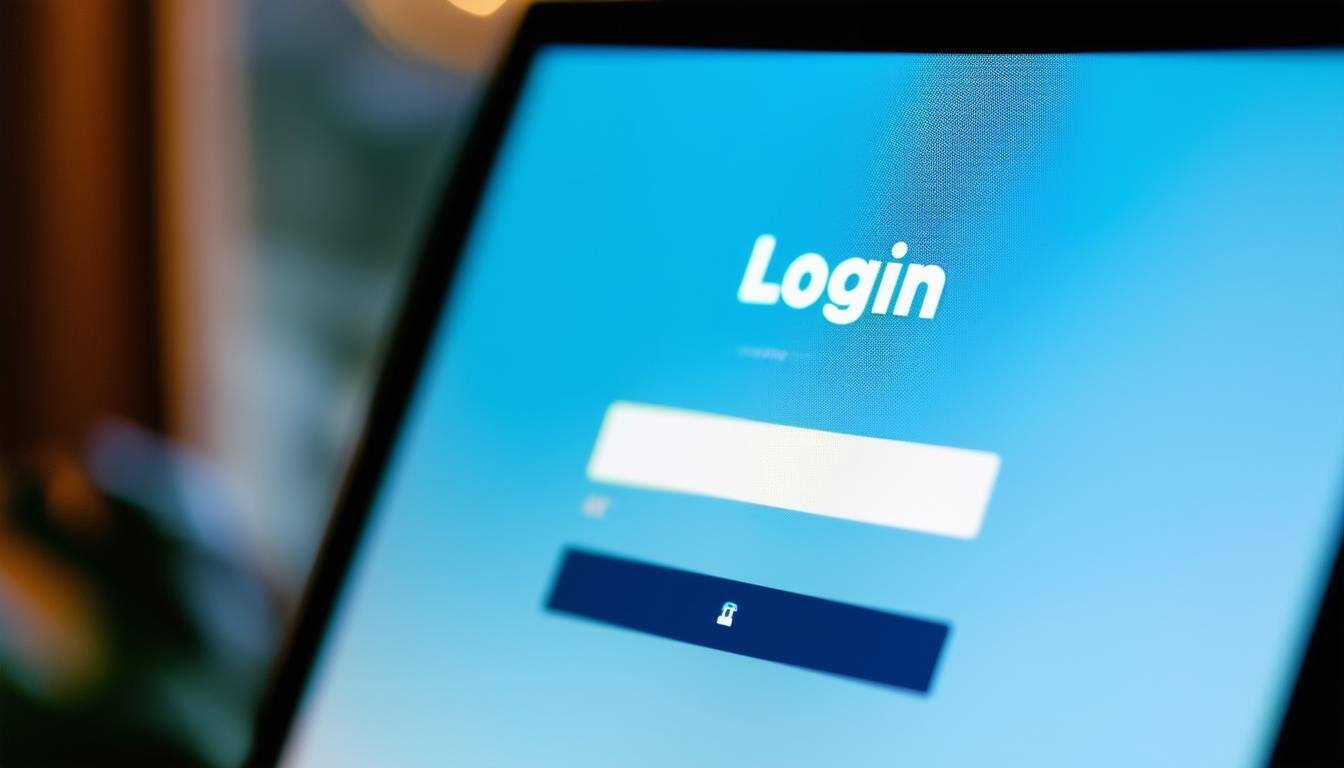The SOC for Cybersecurity Report: A Complete Guide
In a business environment where cyber threats are constant and trust is currency, organizations need a way to clearly demonstrate the strength of their cybersecurity programs. While many have turned to frameworks like SOC 2 for this purpose, there’s a growing recognition that these traditional reports may not be the right fit for every organization—or for every audience.
The SOC for Cybersecurity report was developed to meet this broader need. Created by the American Institute of Certified Public Accountants (AICPA), this general-use attestation report helps organizations of any type—not just service providers—communicate the design and effectiveness of their enterprise-wide cybersecurity risk management programs.
This guide explains how SOC for Cybersecurity differs from other reporting frameworks, why it matters, and how organizations can prepare.
What Is the SOC for Cybersecurity Report?
The SOC for Cybersecurity report is an independent assessment that evaluates whether an organization has effectively designed and implemented a cybersecurity risk management program. Unlike SOC 1 or SOC 2, which focus on internal controls relevant to financial or customer data processing systems, SOC for Cybersecurity looks at the organization’s entire cybersecurity posture.
It’s a high-level, organization-wide report that can be shared publicly, allowing businesses to provide clear, third-party assurance about how they identify and manage cyber risks.
SOC for Cybersecurity vs. SOC 2: What's the Real Difference?
Both SOC for Cybersecurity and SOC 2 are assurance frameworks, but they are fundamentally different in purpose, scope, and audience.
| Feature | SOC 2 | SOC for Cybersecurity |
| Audience | Customers, auditors, partners (restricted use) | General stakeholders, investors, regulators (public use) |
| Scope | Specific systems and services | Entire cybersecurity risk management program |
| Applicability | Service organizations | Any organization (regardless of business model) |
| Level of Detail | Control-specific and granular | Strategic and enterprise-wide |
| Objective | Show controls meet Trust Services Criteria | Show effectiveness of managing cyber risk overall |
In short: SOC 2 is designed for companies that provide services to others and need to prove their controls around customer data. SOC for Cybersecurity is for any organization that wants to show stakeholders they take cybersecurity seriously at the enterprise level.
Why Organizations Pursue a SOC for Cybersecurity Report
A SOC for Cybersecurity report is not just a checkbox—it’s a strategic investment in trust, transparency, and resilience. The benefits include:
Clear Communication with Stakeholders
Unlike SOC 2 reports, which are confidential, a SOC for Cybersecurity report can be shared publicly. This transparency is valuable for organizations preparing for investment, acquisition, or regulatory scrutiny—and for those in industries where customer trust is paramount.
Full-Scale Cybersecurity Visibility
SOC 2 focuses on controls tied to specific services or systems. SOC for Cybersecurity offers a top-down view of your entire cybersecurity program, including risk identification, governance, control implementation, monitoring, and response planning.
Broader Applicability
SOC for Cybersecurity is not limited to SaaS providers or IT service companies. Manufacturers, healthcare providers, financial institutions, and others can all benefit from the framework. It's flexible and adaptable across sectors.
Stronger Competitive Positioning
As cybersecurity becomes a differentiator in vendor selection and client retention, having an independently verified cybersecurity report—especially one that’s designed for public consumption—can set your organization apart from competitors.
Business Continuity and Risk Reduction
The assessment process often reveals weaknesses or inefficiencies in how cybersecurity risks are handled. Identifying and addressing those gaps strengthens operational resilience and prepares your organization for future threats.
What’s Included in the SOC for Cybersecurity Report?
The final SOC for Cybersecurity report consists of three key sections:
Management’s Description
A comprehensive narrative outlining the cybersecurity risk management program, including how risks are identified, monitored, and mitigated. It includes governance structures, incident response procedures, and risk communication protocols.
Management’s Assertion
A formal statement by management attesting to the accuracy of the description and the effectiveness of the cybersecurity controls.
Practitioner’s Opinion
A third-party auditor’s independent opinion on whether the management description is fairly presented and whether controls are suitably designed and operating effectively (for Type 2 reports).
What Criteria Are Used?
Rather than adhering to a rigid set of prescribed controls, SOC for Cybersecurity allows organizations to evaluate their program using a framework that fits their needs. Common options include:
- NIST Cybersecurity Framework (CSF)
- ISO/IEC 27001
- Custom frameworks aligned with internal policies and industry-specific standards
This flexibility is a major advantage—particularly for organizations operating across multiple compliance regimes or industries.
Type 1 vs. Type 2 Reports
Organizations can pursue either a:
- Type 1 Report – A snapshot in time, evaluating the design of controls.
- Type 2 Report – A more rigorous evaluation of both the design and operational effectiveness of controls over a defined period (typically 6–12 months).
For organizations new to cybersecurity attestation, Type 1 may be a logical starting point. Those looking to demonstrate more mature programs may pursue Type 2.
Preparing for a SOC for Cybersecurity Assessment
Achieving a SOC for Cybersecurity report involves structured preparation. Here are the key steps:
- Define Your Cybersecurity Objectives: Align your cybersecurity goals with your broader business objectives. Focus on areas such as system availability, data confidentiality, and operational resilience.
- Select a Control Framework: Choose the framework that best suits your risk environment and compliance needs—whether NIST CSF, ISO 27001, or a hybrid approach.
- Conduct a Risk Assessment: Evaluate current threats, vulnerabilities, and control gaps across people, processes, and technology.
- Document Policies and Processes: Ensure policies, governance structures, control implementation, and monitoring efforts are clearly documented and maintained.
- Remediate and Strengthen: Address control gaps, formalize risk mitigation strategies, and refine incident response plans.
- Engage an Independent CPA Firm: Select an audit partner with experience in cybersecurity risk management and industry-specific needs. The firm will guide you through the examination and issue the final report.
Is SOC for Cybersecurity Worth It?
While preparing for a SOC for Cybersecurity examination does require time and resources, the outcome goes well beyond compliance. It offers:
- A credible, third-party endorsement of your cybersecurity program
- A public report that builds confidence among customers and stakeholders
- A clearer, more organized internal view of your cyber risk posture
- A platform for continuous improvement and program maturity
For organizations under pressure to demonstrate strong cybersecurity governance—or for those who want to get ahead of that curve—the value is strategic and long-lasting.
How Compass Can Help
With deep expertise in cybersecurity attestation, Compass supports organizations across industries in preparing for and executing SOC for Cybersecurity assessments. From early-stage readiness reviews to formal examinations and reporting in collaboration with our independent CPA firm, our team helps ensure the process is efficient, accurate, and aligned with your business goals.
If you're exploring whether a SOC for Cybersecurity report makes sense for your organization, we’re available to answer questions, outline a tailored roadmap, and guide your next steps.
Contact Compass to learn more about how to get started.
Contact Us
Share this
You May Also Like
These Related Stories

SOC 2 Password Requirements - A Simple Guide

What Platforms Are SOC 2 Compliant? Find Out Here!

.webp?width=2169&height=526&name=Compass%20white%20blue%20transparent%202%20website%20(1).webp)
-1.webp?width=2169&height=620&name=Compass%20regular%20transparent%20website%20smaller%20(1)-1.webp)
No Comments Yet
Let us know what you think